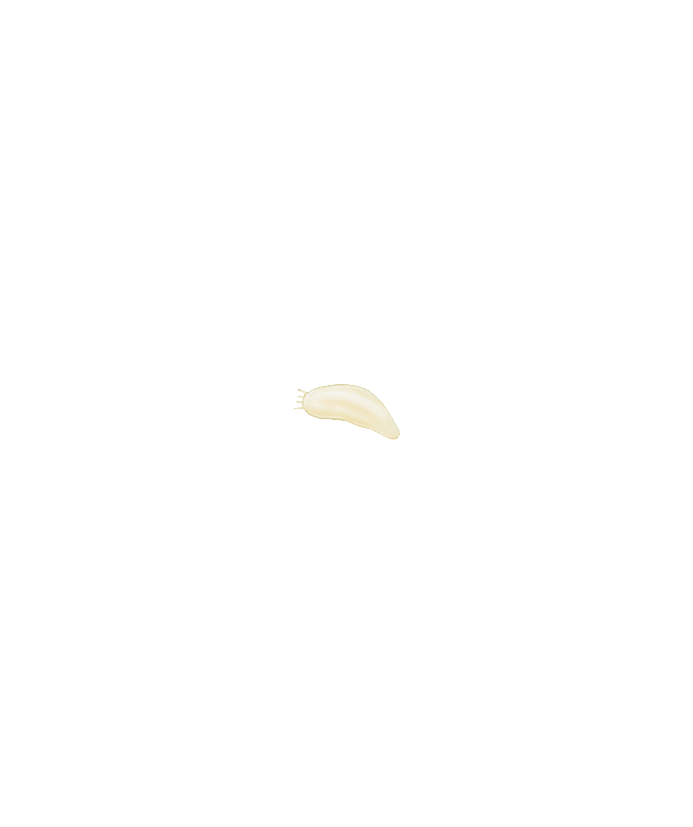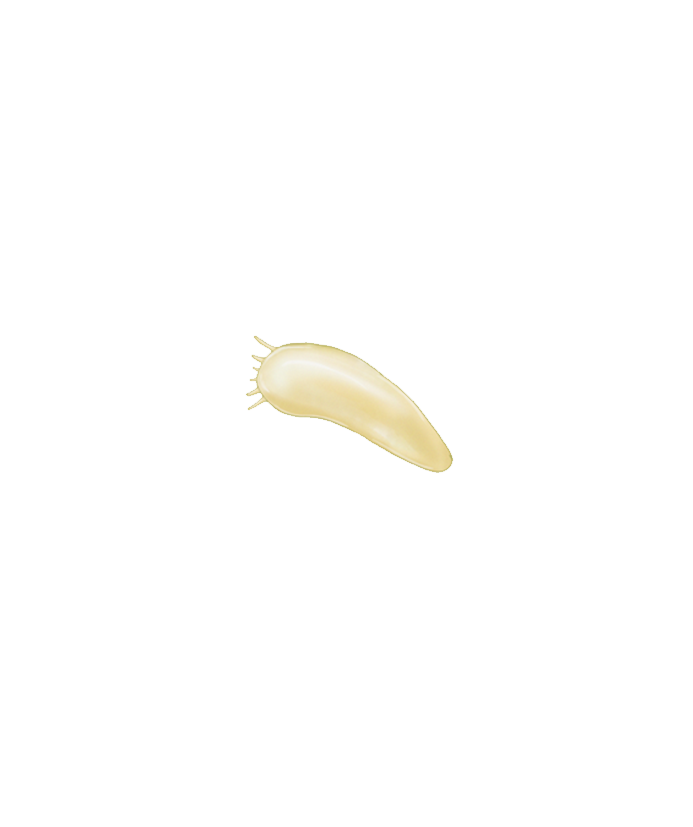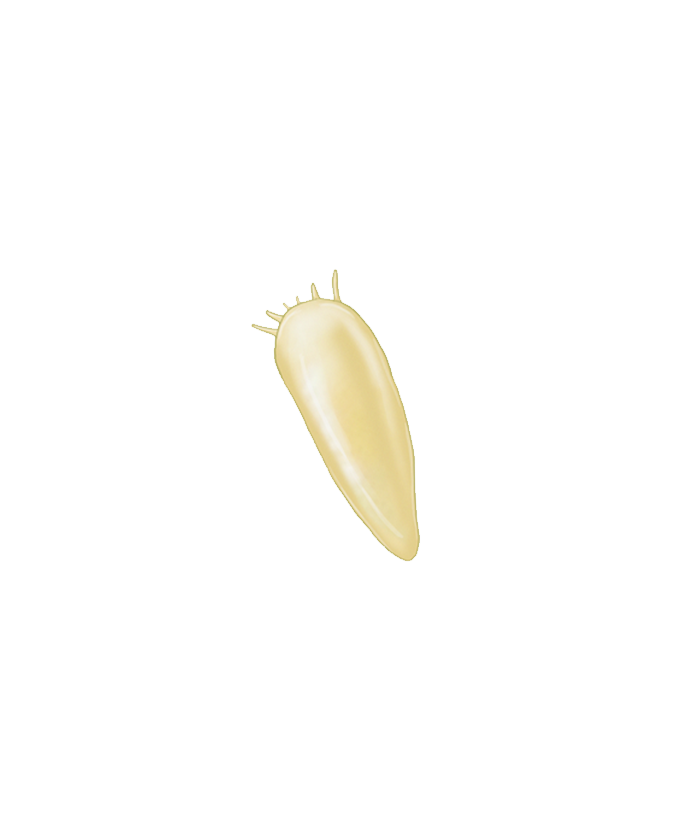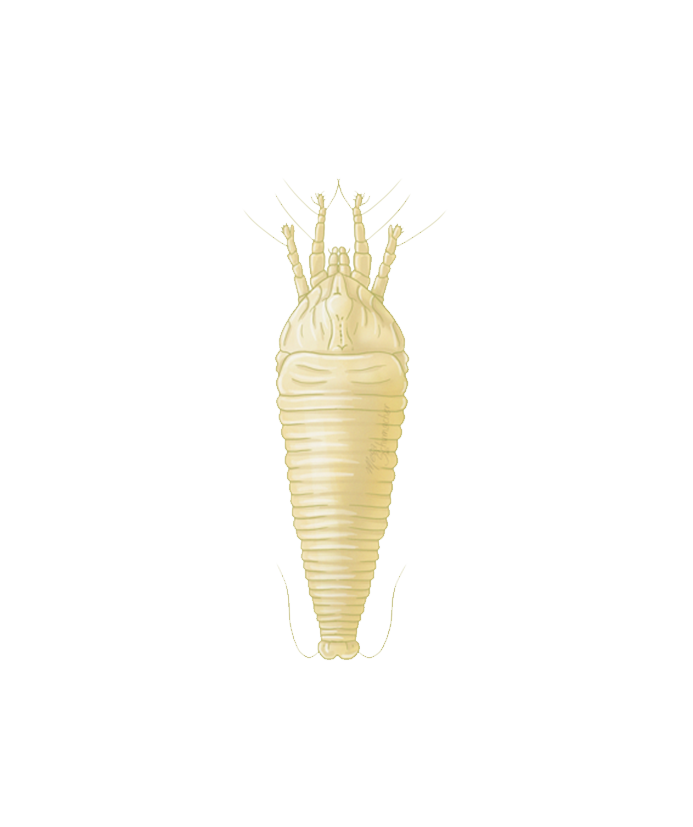General
The tomato russet mite (Aculops lycopersici, also referred to as Vasates lycopersici, Vasates destructor and Phyllocoptes destructor in older publications) belongs to the family Eriophyidae. It does not produce galls but lives freely (vagrant) on tomato plants. Aculops lycopersici was detected for the first time in Australia and is a pest in tomatoes in all areas where they are grown. Other members of the plant family Solanaceae may be affected to a lesser extent.
Life cycle and appearance of tomato russet mite
All life stages of the tomato russet mite are extremely small and difficult to observe. They are elongated (torpedo-shaped), soft and segmented. The body appears to be divided into two parts: the head with the mouthparts, and the rest of the body. All mobile stages have only two pairs of legs, whereas other mite groups have four pairs.
Eggs are roughly 0.05 mm in diameter and are laid on the underside of leaves, on leaf petioles, and on stems on the lower portion of plants. When newly laid they are creamy white but turn to a patchy yellow as they age. The mites have two nymphal stages: sometimes they are also called larva (1st stage) and nymph (2nd stage). The first nymphal stage is a transparent white colour and about 0.1 mm long. They usually develop to the 2nd stage within a day. All life stages look very similar. The adults develop after about two or three days. They are cream to orange-yellow in colour, wedge-shaped and very small (roughly 0.17 mm in length), with males being slightly smaller than the females.
Damage symptoms
Damage is caused by the mites sucking out the contents of plant cells. Affected leaves are slightly curled and acquire a silvery sheen on the underside. Later they become brown and brittle. Badly affected tomato leaves and stems lose their trichomes (leaf hairs). Affected stems turn a rusty brown colour, and in serious cases they may snap. The fruit can also be affected, and when this happens in tomatoes, the skin becomes coarse and turns reddish brown and the fruit itself is sometimes deformed. Considerable damage can occur, especially at high temperatures when population growth is most rapid and affected leaves dry out quickly. The damage is first seen on the lower part of the plant and moves upwards as the mites ascend.




